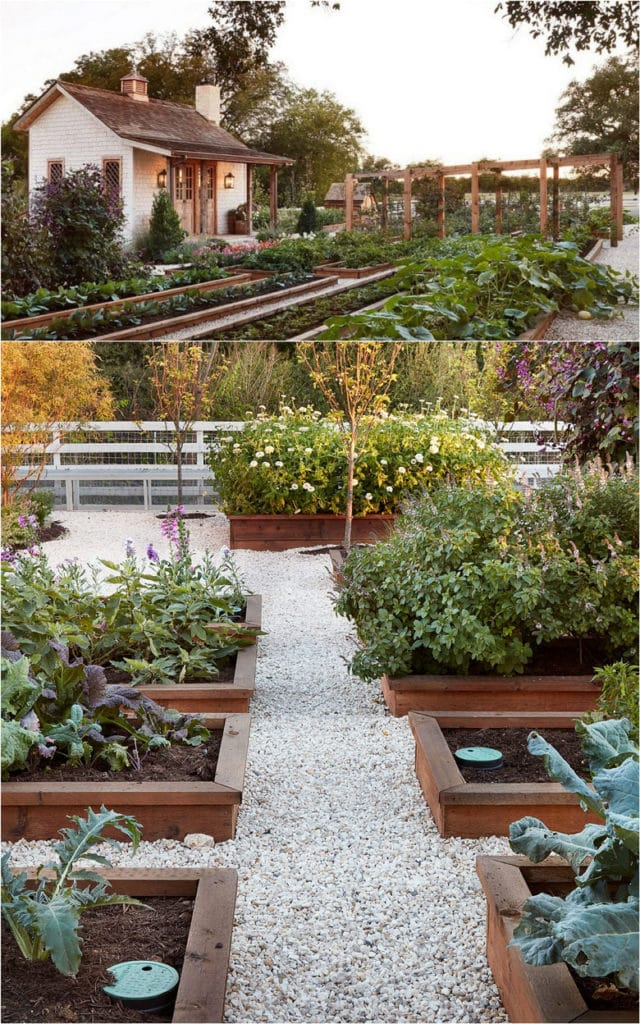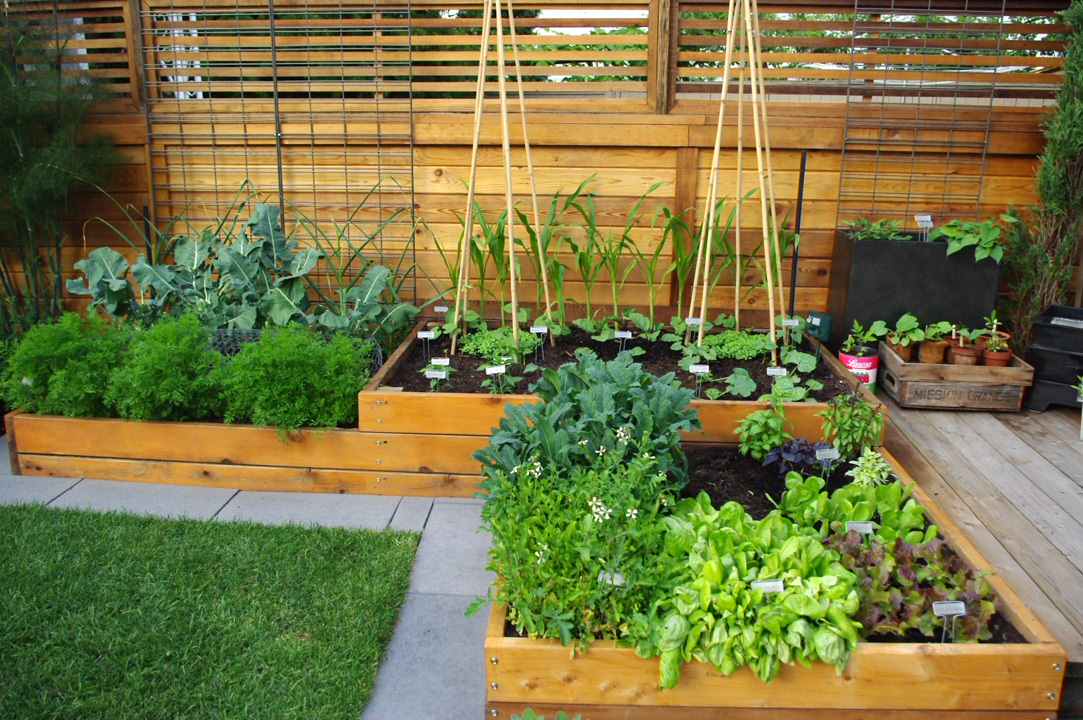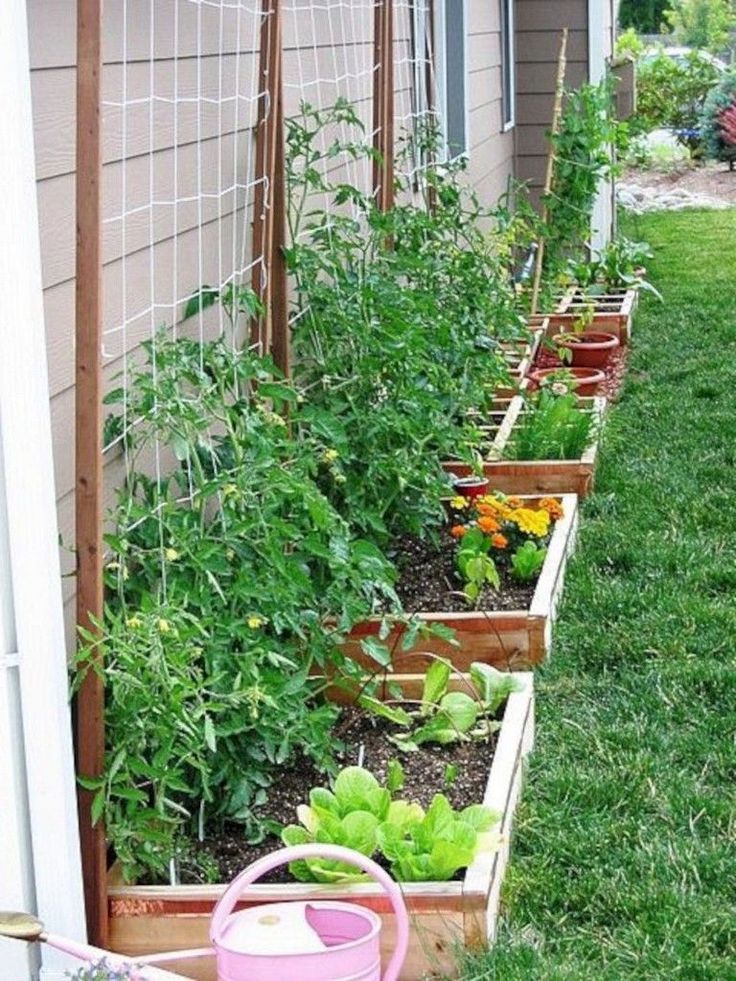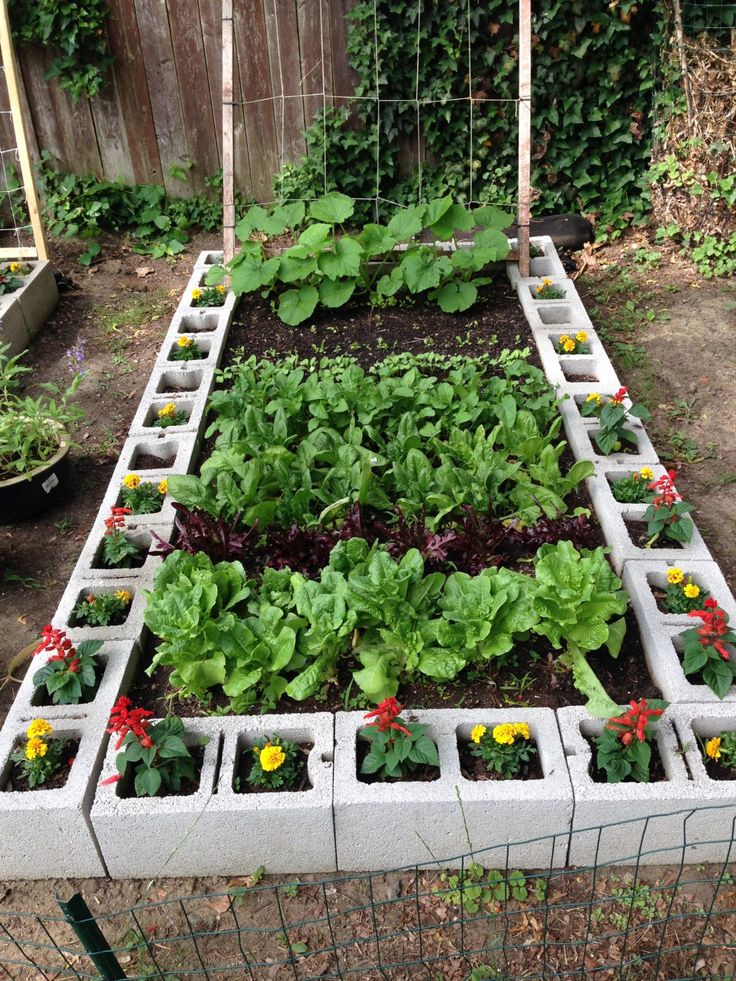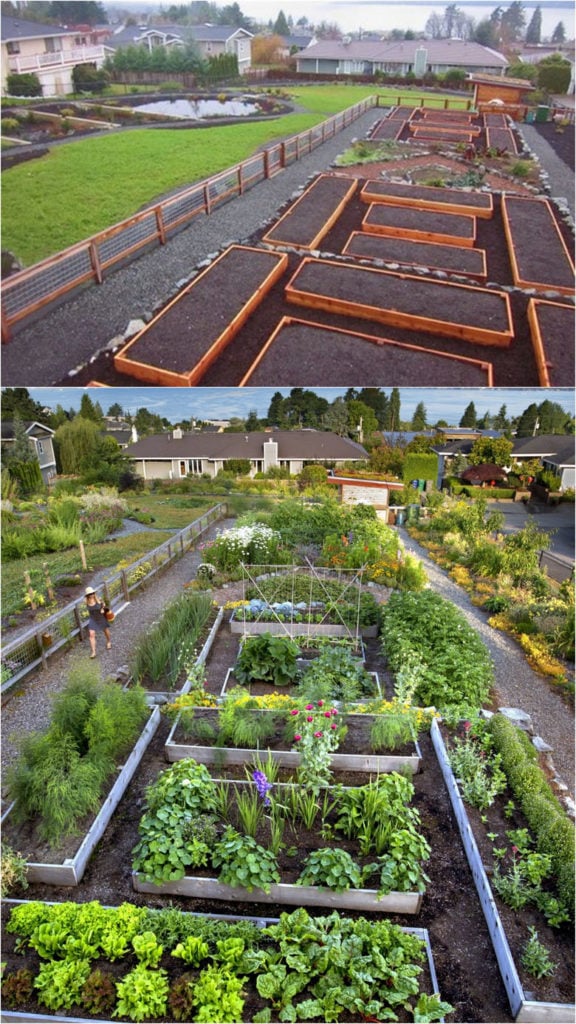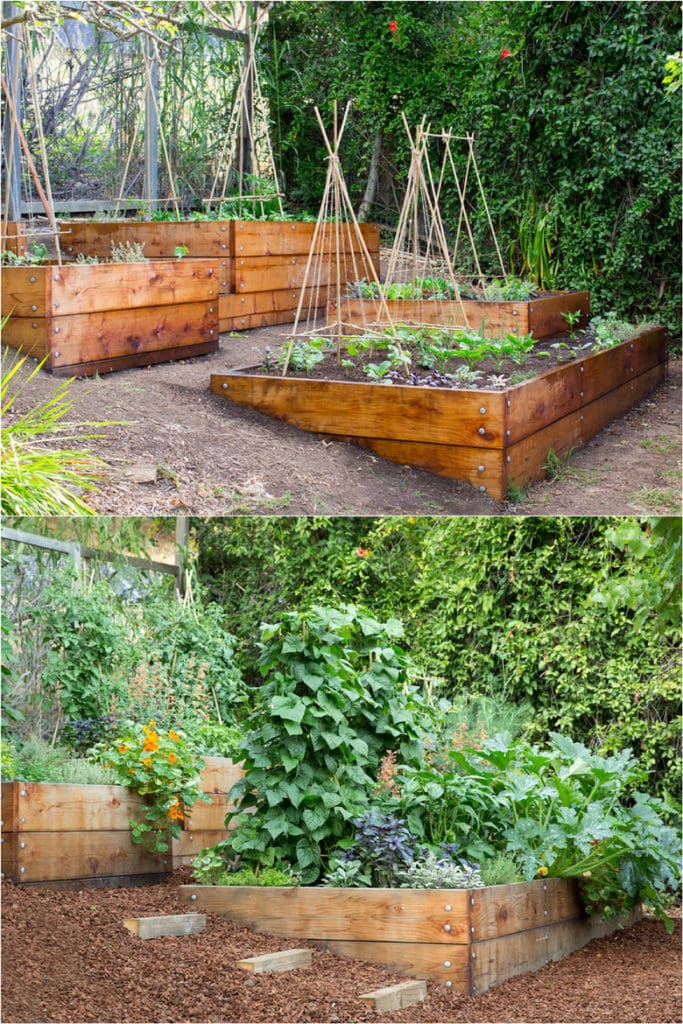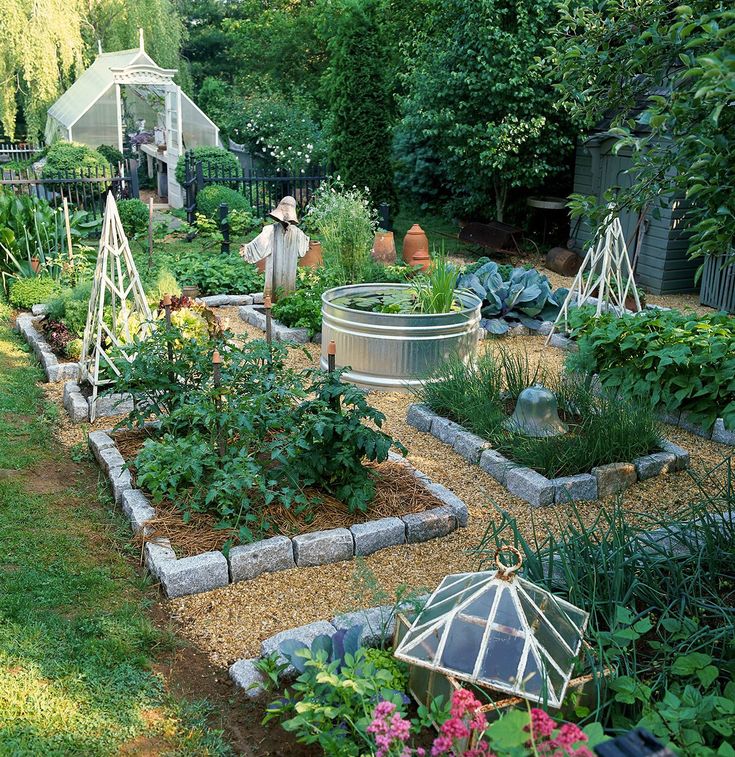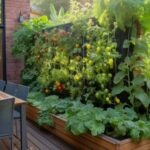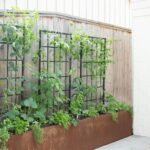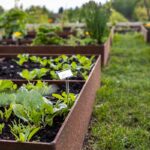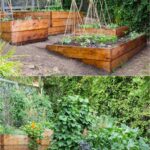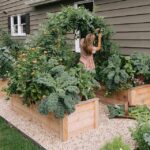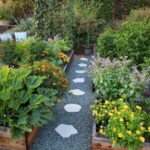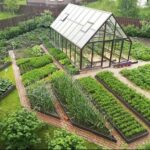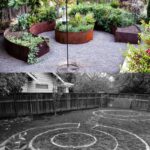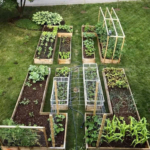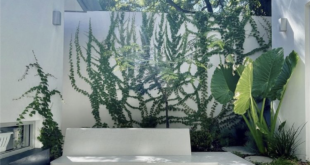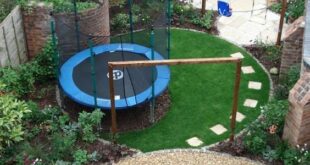Many homeowners are discovering the joys and benefits of adding a vegetable garden to their backyard design. Not only does a vegetable garden provide a source of fresh, healthy produce, but it also adds beauty and interest to the landscape. With a little planning and creativity, you can create a vegetable garden that is both productive and aesthetically pleasing.
When designing a backyard vegetable garden, it is important to consider factors such as sunlight, soil quality, and space. Choose a sunny spot in your yard that receives at least six hours of sunlight each day, as most vegetables require ample sunlight to thrive. Test your soil to determine its pH level and nutrient content, and make any necessary amendments to ensure that it is fertile and well-drained. If you have limited space, consider planting vegetables in raised beds or containers to maximize your growing area.
When selecting plants for your vegetable garden, choose a mix of vegetables that will provide a variety of flavors, colors, and textures. Consider planting a mix of fast-growing, easy-to-care-for vegetables such as tomatoes, peppers, and lettuce, as well as more challenging crops like cucumbers, squash, and broccoli. To maximize your harvest, stagger your planting times so that you have a continuous supply of fresh produce throughout the growing season.
In addition to choosing the right plants, consider incorporating design elements into your vegetable garden to enhance its beauty and functionality. Create paths or walkways between planting beds to provide easy access for harvesting and maintenance. Add trellises or stakes for vining crops such as peas, beans, and cucumbers, and consider installing a small fence or border to keep out pests and animals. You can also add decorative elements such as colorful pots, garden art, or a small water feature to create a visually appealing space.
To ensure the success of your backyard vegetable garden, it is important to provide regular care and maintenance. Water your plants deeply and consistently, especially during hot, dry weather. Mulch around your plants to help retain moisture, suppress weeds, and improve soil quality. Monitor your plants for pests and diseases, and take action promptly to prevent damage to your crops. Finally, harvest your vegetables regularly to encourage continued production and enjoy the fruits of your labor.
In conclusion, adding a vegetable garden to your backyard design can be a rewarding and enjoyable experience. By carefully planning and designing your garden, choosing the right plants, and providing proper care and maintenance, you can create a beautiful and bountiful vegetable garden that will provide you with fresh, healthy produce all season long. So roll up your sleeves, grab your gardening tools, and get ready to enjoy the satisfaction of growing your own food right in your own backyard.
 innstyled backyard design ideas
innstyled backyard design ideas
